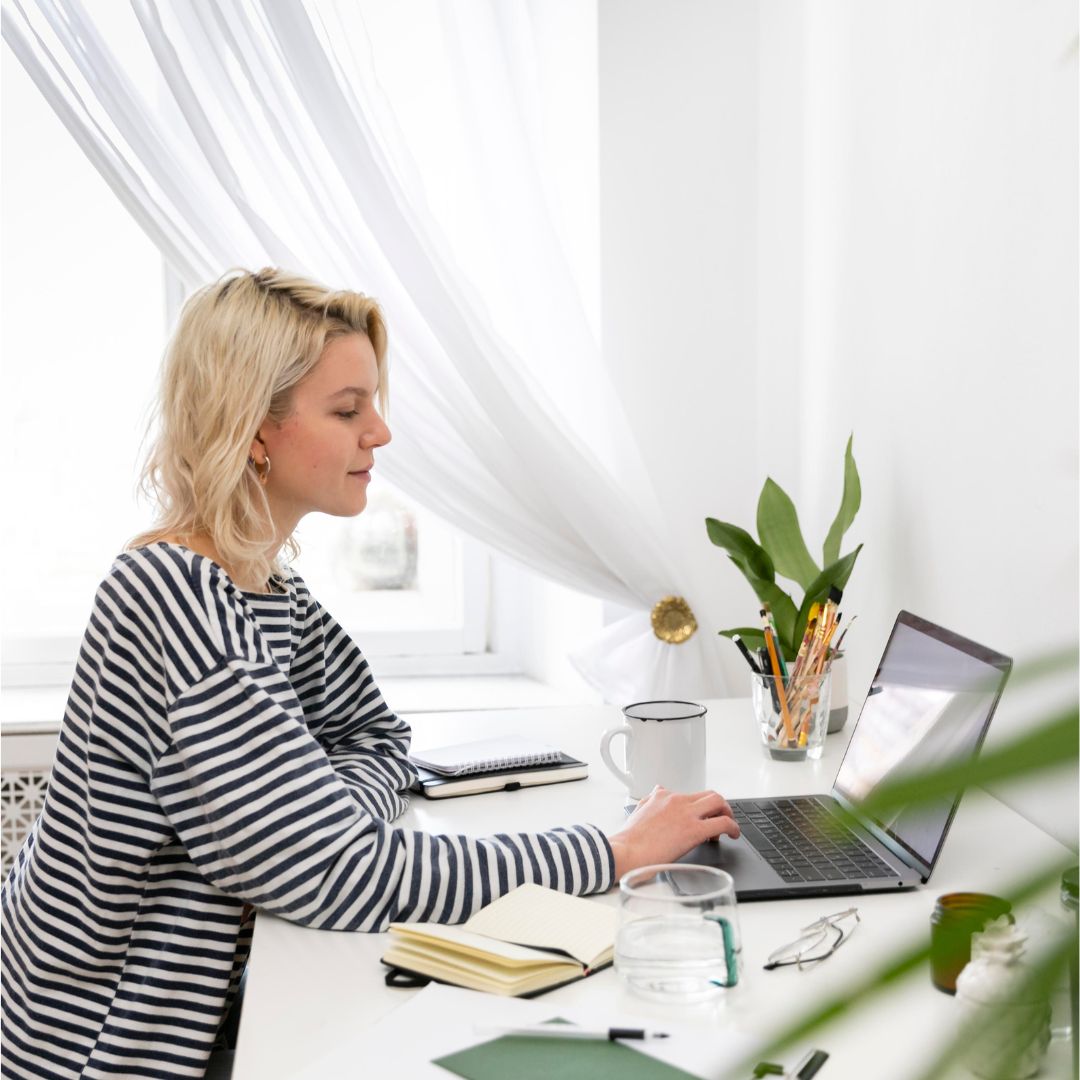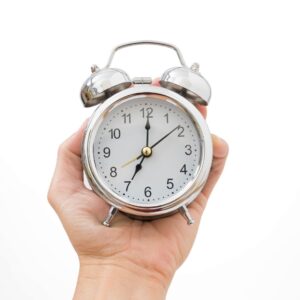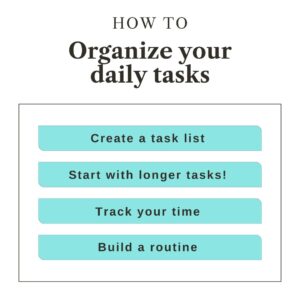
Have you ever wondered why you can’t stop procrastinating?
It’s a common struggle many of us face, especially when juggling the multiple responsibilities of home and work.
You may find yourself actively watching productivity videos, hoping to find that one magical solution. But instead, they often seem to stall your productivity even further… by procrastinating the task at hand.
You are not alone in this! Everyone experiences a similar cycle of procrastination and frustration at some point in their lives.
In the Simply Productive Club, we meet LIVE monthly to cover topics like this, offering practical strategies and support. These LIVE group sessions are a great opportunity to dive deep into issues such as procrastination, time management, and productivity solutions.
Having a community to share your challenges and successes with can make all the difference!
The collective encouragement from fellow members provides a sense of accountability and motivation that is not always easy to achieve on your own. Together, we tackle obstacles, celebrate victories, and continuously strive for more organized and balanced lives.
The strategies below have been extracted from our most recent group session on procrastination. Let’s dive into the hidden reasons behind why you can’t stop procrastinating and how you can turn it all around.
8 Hidden Reasons Why You Can’t Stop Procrastinating
Checking Email Constantly
One of the most common procrastination mistakes is constantly checking emails.
I used to do this first thing in the morning, but once I saw the negative impact on my productivity, I stopped. Those red notifications on your phone? Turn them off.
Instead, choose specific times to check your email, voicemail, WhatsApp, Asana, and messages. And definitely turn off social media notifications!
Winging It Every Day
Winging it every day without a plan just leads to stress and anxiety.
I’ve tried it, and it’s not comfortable. When you don’t prep the night before, you’re setting yourself up for a chaotic day tomorrow. Planning your day helps you stay focused and reduce procrastination.
To do this, review your schedule, create a prioritized to-do list, and set out essentials you’ll need for the day like clothes and planners. These simple steps streamline your morning routine and ensure you start your day with clarity and purpose!
Stagnant, Stuck Energy
Procrastination = Stuck Energy.
You might feel it as a knot in your stomach, a migraine, or a nagging reminder in your mind. This drains your energy because you’re constantly thinking about the tasks you’re avoiding.
Scheduling creative time for yourself helps to clear this stagnant energy.
Overwhelmed and Underplanned
Why you can’t stop procrastinating may be due to overwhelm.
A new system or an organizing project that feels too big to tackle can make you avoid it entirely. Unplanned workdays also contribute to procrastination. While it might feel good to leave freedom in your day occasionally, those are the days when stress and anxiety levels are often higher.
Set a clear plan for your day with designated times for specific tasks to stay on track. Consider creating a prioritized to-do list the night before to streamline your tasks even further. This proactive approach reduces the feeling of overwhelm and helps you tackle tasks more effectively.
Focusing on Small Tasks
Procrastination can coerce us into focusing on smaller, easier tasks.
To work with your natural mindset, break down the overwhelming tasks into manageable parts.
For instance, sifting through a mountain of receipts seems like a huge task at first glance. However, sorting receipts by project makes the task feel less daunting. Start with your most difficult project and work your way through it in chunks.
Allowing Mental Clutter
Clearing mental clutter releases stagnant energy.
When we have a million mental reminders stuck in our brains, it’s more difficult to breathe easily and feel lighter. Sometimes the best way to lighten the load of procrastination is to dump all of it on paper.
For example, dealing with a cluttered garage could be a nagging task for months. But once it’s done, you’ll feel an immediate sense of calm and relief.
Maximizing Distractions
Less physical and digital clutter means fewer distractions.
You’ll be able to perform more productively and carry less stress, anxiety, and guilt. When our phones, social media apps, laptops, kids, and clutter are constantly competing for our attention it becomes almost impossible to focus. It’s often easier to give in to these distractions than to work through them.
Setting boundaries around your working hours and personal times makes a world of difference. Visualize what you want to feel when you finally complete a procrastinated task. Lighter? More focused? These are the emotional rewards you’ll experience with the power of minimizing distractions.
Promising Yourself Action “Someday”
Procrastination often involves delaying tasks to “someday.”
I’ll let you in on a secret… “someday” never comes. All we have is today. So delaying important tasks for later is just giving ourselves an excuse to put them off for longer. It’s not easy to restrict your impulses in the moment, but it is oh-so worth it for your future self.
Try to focus on tackling those tasks the moment they arrive. Learning about how you can motivate yourself and the reasons behind why you can’t stop procrastinating will help give you your free time back!
Join Simply Productive Club
This is just a glimpse of what we discussed in our most recent session on why you can’t stop procrastinating in the Simply Productive Club!
We regularly cover topics like planning your ideal workweek, time management strategies for busy professionals, and setting up your digital space for success.
If you’d like to learn more about what goes on in the Simply Productive Club, click here to join!
Like this article?
You’ll love this one 👇🏻
The Procrastinator: Later is Now
Want more support with productivity habits?
Sign up for my free newsletter so I can send you the best productivity and organizing strategies each week.
(and some freebies, too!)











